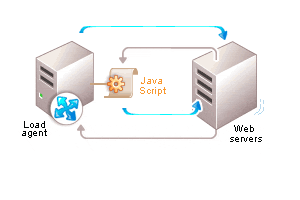Load testing is a wide and established area of IT knowledge and software development practices. There are many professionals who specialize here and testing gurus ready to provide useful advices and even teach you a theory on the subject. Surprisingly, the mentioned gurus often do not agree with each other on the very basic terms used in this field.
If you search for information on load testing, most probably you will also find articles mentioning such terms as “performance testing” and “stress testing”.
Are they all just synonyms? Everybody agrees that they are not, but still different sources provide different definitions for these terms.
The most confusing point is the difference between performance and load testing. Some people reasonably say that […]





